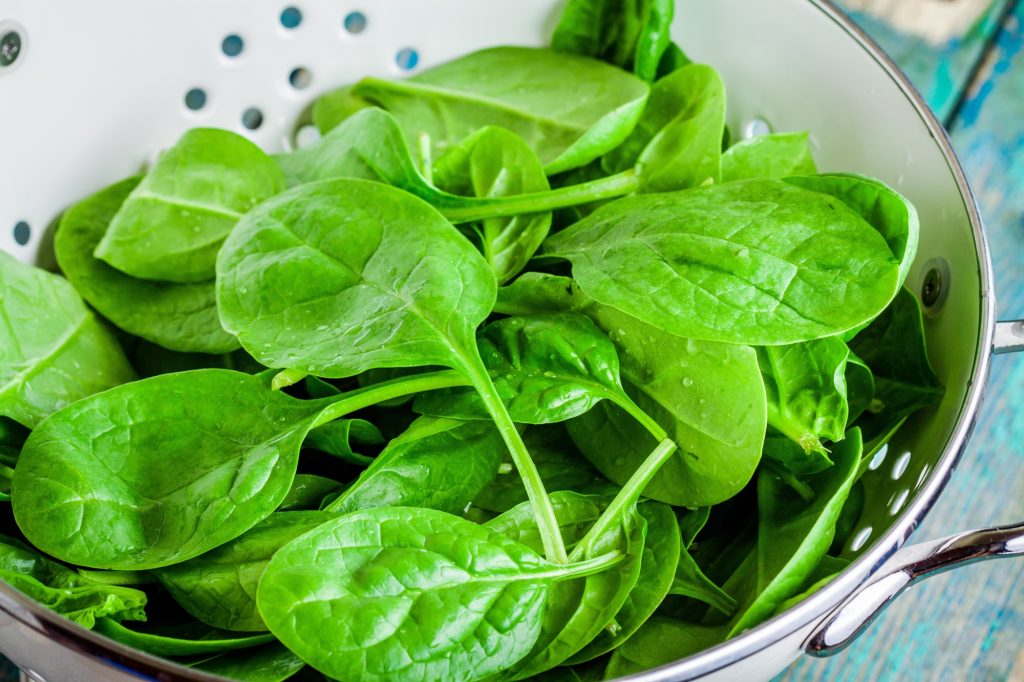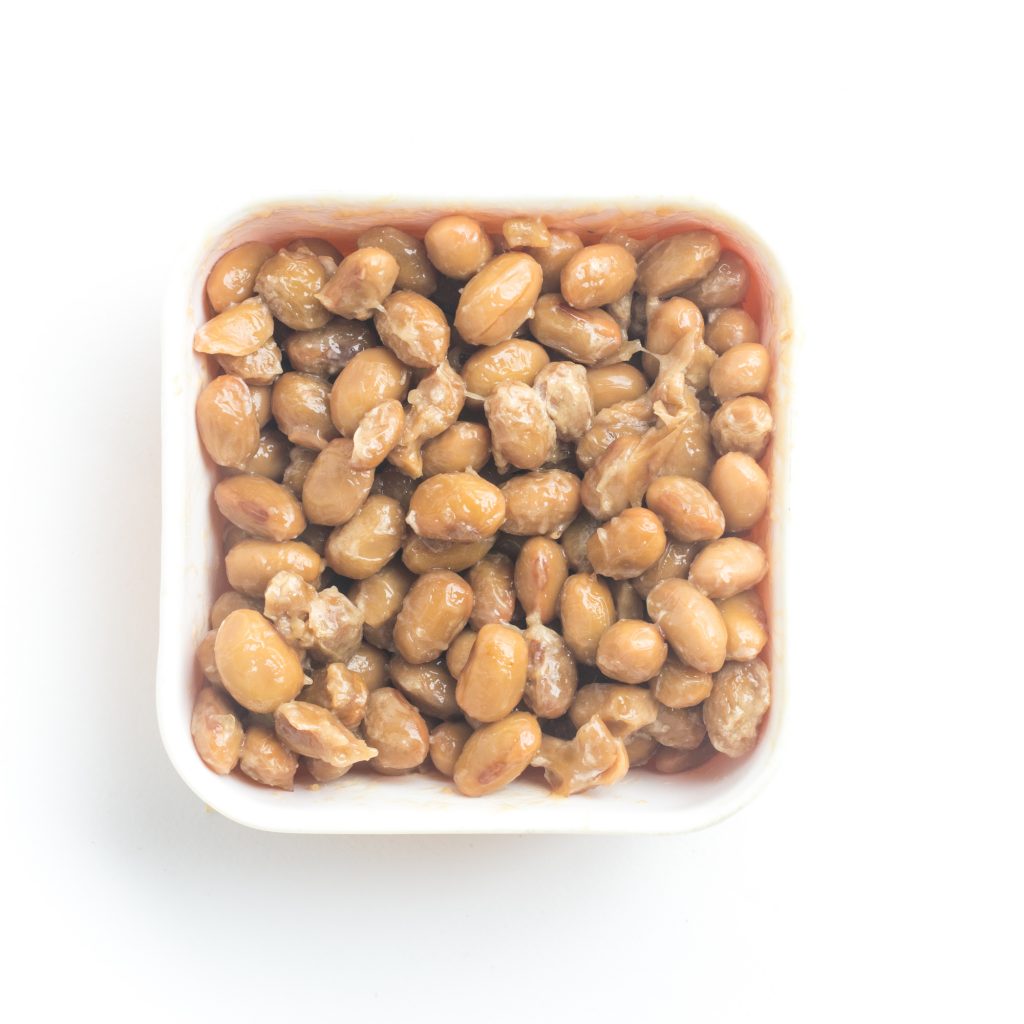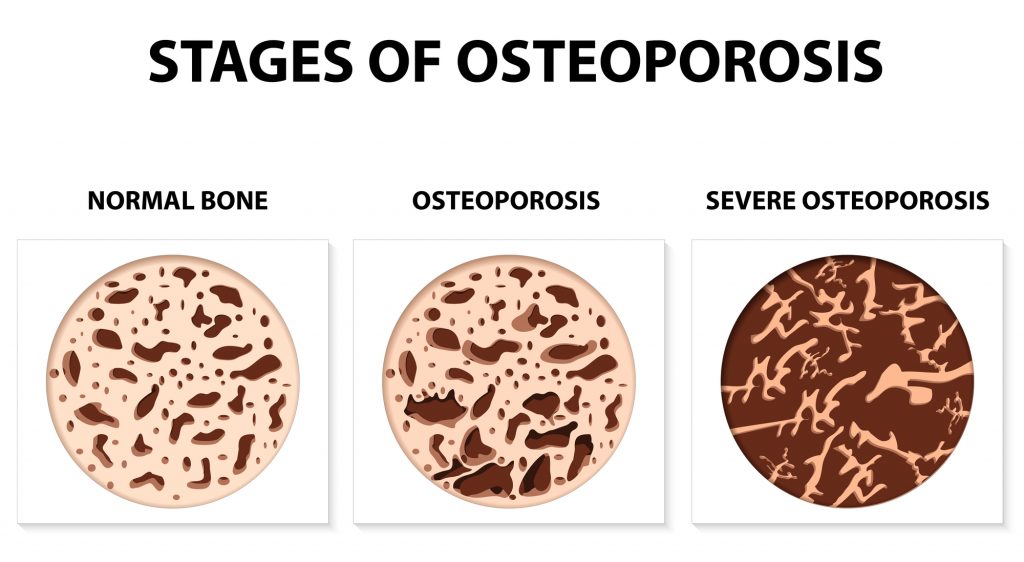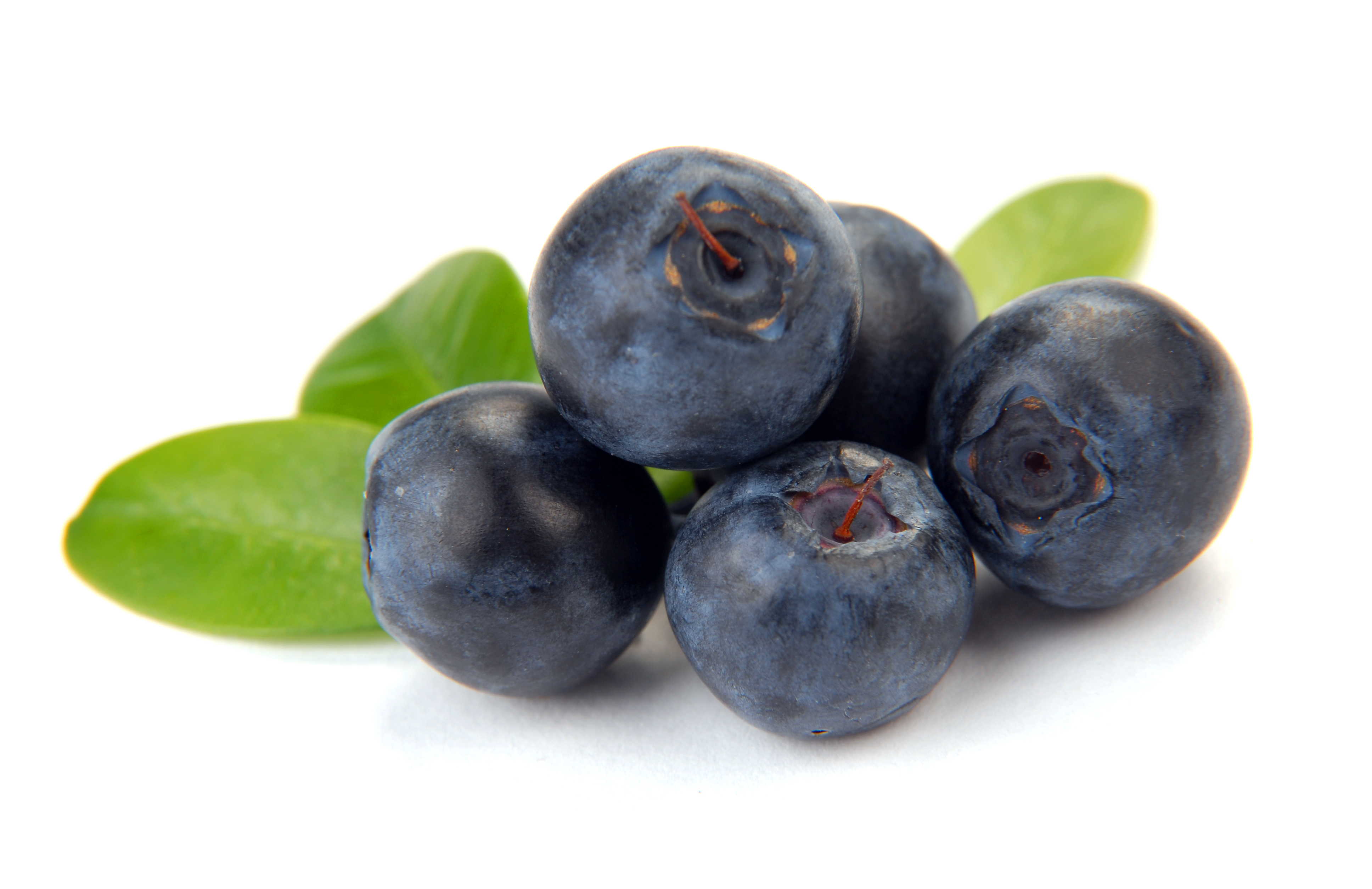
When you think: Bone Health, what’s the first nutrient that comes to mind? If you said “Calcium,” you’re not alone.
While it is true that calcium is indispensable in building and maintaining strong bones, there are a few other micronutrients that are equally important, yet often forgotten.
One of these under-appreciated nutrients is Vitamin K.
When calcium is ingested (either through supplements or whole foods), it has a tendency to bind to and accumulate on the walls of blood vessels. Not only doesn’t this calcium make it to its intended target (bones), it causes blood vessel walls to harden and stiffen, leading to atherosclerosis and cardiovascular complications such as stroke or heart attack (Maresz, 2015).
This is where vitamin K comes in…
Vitamin K acts as a shuttle to transport the calcium from the bloodstream to the bone so it can be used in the constant process of bone remodeling. Osteoclasts constantly dissolve old bone and osteoblasts constantly lay down new bone (resulting in a brand-new skeleton every 7-10 years!) However, without vitamin K to direct the calcium to the osteoblasts, this process cannot be completed and although there is calcium in the bloodstream, it cannot be incorporated into the bone.
Vitamin K… isn’t that for blood clotting?

Yes. There are two main forms of vitamin K: vitamin K1 and vitamin K2.
Vitamin K1 (phylloquinone) was discovered in 1931 and it was found to prevent excess bleeding, so it was named vitamin K, for the German word “koagulation.” Many years later in 2007, its chemically similar counterpart, vitamin K2 (menaquinone) was discovered.
Both forms of vitamin K play important roles in proper calcium use in the body. Vitamin K1 regulates calcium in blood clotting while Vitamin K2 regulates calcium in bone formation. By doing so, vitamin K2 also keeps arteries flexible and supports cardiovascular health (Maresz, 2015). It is important to consume adequate sources of each form for optimal health.
Vitamin K1 is plentiful in green, leafy vegetables such as kale, spinach, parsley, romaine, brussels sprouts, and broccoli, so if you eat lots of salad, green smoothies, and roasted green veggies, you’re probably getting a decent intake of vitamin K1.

Vitamin K2, however, is significantly less prevalent in most Western diets. It is found in very small amounts in animal foods such as meat, dairy, eggs, and fermented foods such as cheese and yogurt. (Animals that eat vitamin K1 have the ability to convert it into K2, whereas humans do not.) The food with the highest concentration of K2 is natto (a Japanese dish of fermented soybeans). Vitamin K2 is also synthesized in the large intestine by gut bacteria (which is another reason it is so important to keep your microbiome populated with good bacteria from a healthy diet and probiotics!)


Of all the nutrients that support bone health, (calcium, vitamin K, vitamin D, & magnesium), a recent study found that vitamin K had the strongest link between intake and lower incidence of hip fracture (Yaegashi et al., 2008). This is important because hip fracture is very common with progressive osteoporosis and in many cases, older adults who sustain hip fractures are often faced with a series of serious health consequences.

Vitamin K2 Take Home Messages
After reading this post, you may be wondering what you can do today to start building up your bones and improving your heart health!
- Vitamin K is a fat-soluble vitamin. This means that in order to be absorbed by the body, it must be eaten with a source of fat (think: olive oil, coconut oil, avocado, nut butter, etc.).
- Eat your vitamin K! As with all vitamins and minerals, vitamin K2 is best consumed as a part of a whole foods diet. Be sure to include hard and soft cheeses, grass-fed egg yolks, grass-fed butter, and chicken liver, as well as fermented plant foods such as sauerkraut. See below for some tasty recipes from Dr. Axe!
- Consider a supplement. In the United States, the FDA has not yet authorized a health claim linking vitamin K2 to bone health, but Japan, other parts of Asia, and the European Food Safety Authority have recognized its benefits and endorse it as a treatment for osteoporosis. In Japan, 45 mg of MK-4 (a specific form of vitamin K2) is recommended (NIH, 2018). Some bone health complexes contain both vitamins D and K, so check your labels! (Taken orally, K2 may cause mild to moderate gastrointestinal side effects in sensitive individuals.)

K2 Recipes!

References
Maresz, K. (2015). Proper calcium use: Vitamin k2 as a promoter of bone and cardiovascular health. Integrative Medicine, 14(1), 34-39.
National Institutes of Health (NIH). (2018). Vitamin k: Fact sheet for health professionals. Retrieved from https://ods.od.nih.gov/factsheets/VitaminK-HealthProfessional/
Yaegashi, Y., Onoda, T., Tanno, K., Kuribayashi, T., Sakata, K., & Orimo, H. (2008). Association of hip fracture incidence and intake of calcium, magnesium, vitamin D, and vitamin K. European Journal of Epidemiology, 23(3), 219–225. https://doi.org/10.1007/s10654-008-9225-7
